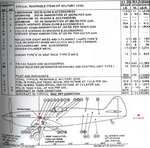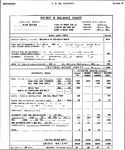Hello All,
I remember seeing a spreadsheet that had details on many of the aircraft guns in WW2. This was intended for the CFS 1% aircraft. Does anyone still have that spreadsheet. The data I am looking for is the ammunition weight with disintegrating link belts.
Thanks in advance.
- Ivan.
I remember seeing a spreadsheet that had details on many of the aircraft guns in WW2. This was intended for the CFS 1% aircraft. Does anyone still have that spreadsheet. The data I am looking for is the ammunition weight with disintegrating link belts.
Thanks in advance.
- Ivan.


